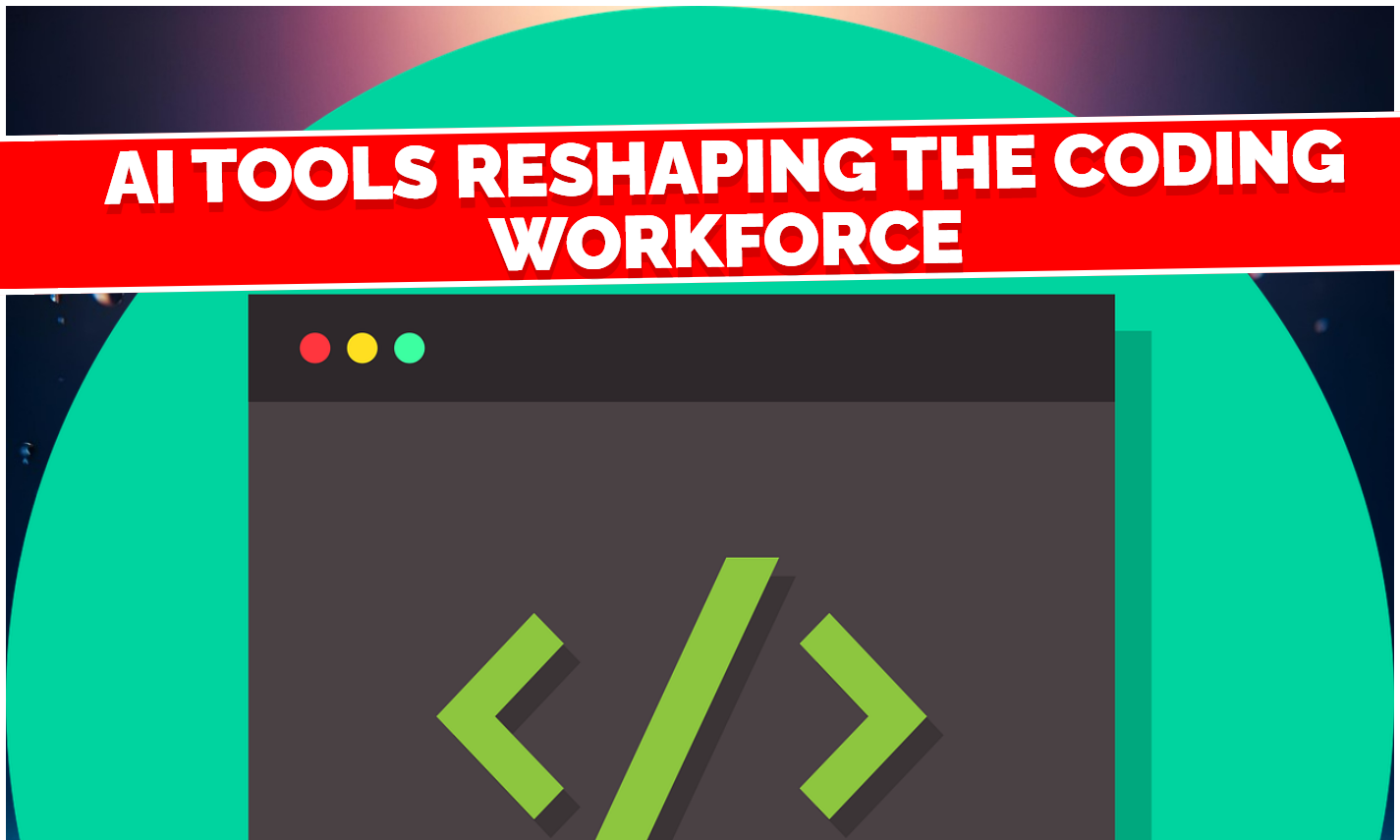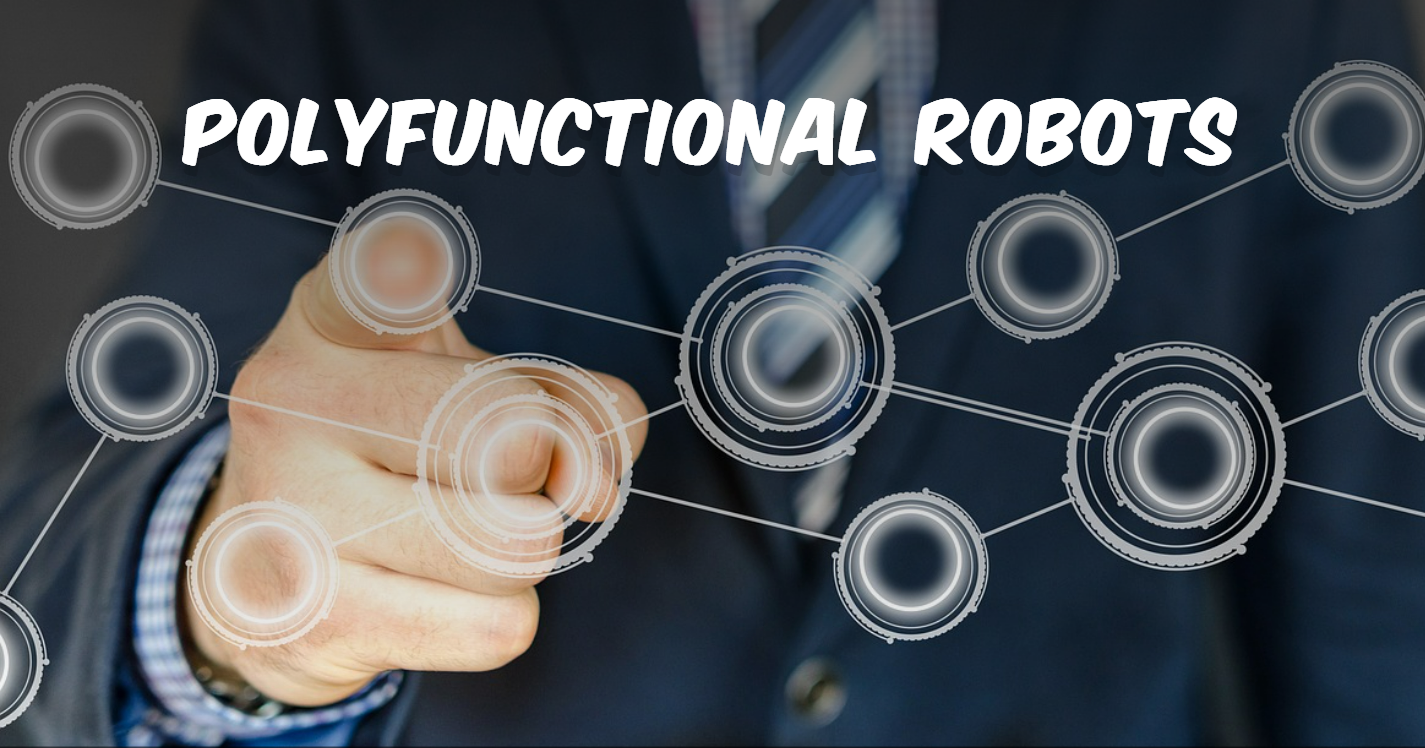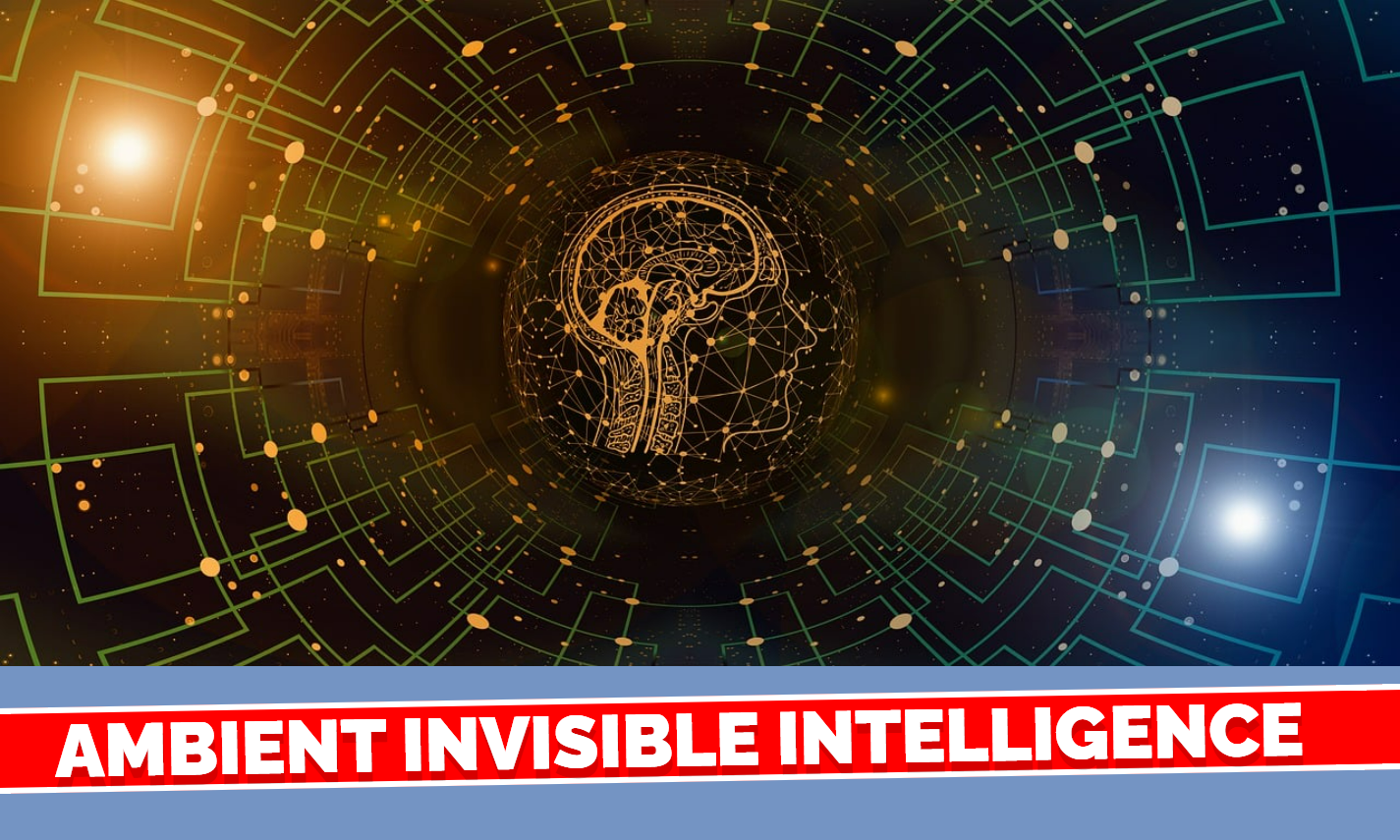The rise of Web3 is revolutionizing the advanced scene, advertising makers unused ways to claim, monetize, and disseminate their work. Fueled by blockchain innovation, Web3 is decentralizing the web, moving control from centralized stages to person clients. This change is especially critical for the maker economy, which envelops specialists, artists, journalists, engineers, and anybody creating advanced content.
This article investigates how Web3 reshapes advanced possession, looks at its affect on the maker economy, and highlights the openings and challenges in this unused era.
Understanding Web3 and Computerized Ownership
Web3 speaks to the third era of the web, characterized by decentralization, blockchain integration, and client strengthening. Not at all like Web2, which depends on centralized stages for substance dispersion and monetization, Web3 employments blockchain to:
- Ensure Proprietorship: Blockchain’s unchanging record permits makers to build up irrefutable proprietorship of their advanced assets.
- Enable Monetization: Shrewd contracts encourage coordinate exchanges between makers and customers, dispensing with intermediaries.
- Promote Interoperability: Decentralized conventions guarantee that computerized resources are not limited to particular stages, giving makers more noteworthy flexibility.
At the heart of Web3’s guarantee is the concept of computerized proprietorship, where makers hold control over their work and its value.
Key Developments in Web3 for the Maker Economy
1. Non-Fungible Tokens (NFTs)
NFTs are special computerized resources put away on a blockchain. They have changed the way makers monetize their work:
- Provenance and Shortage: NFTs set up realness and possession, permitting makers to offer restricted versions or one-of-a-kind works.
- Royalties: Savvy contracts empower makers to win sovereignties consequently at whatever point their NFTs are exchanged, giving a repeating wage stream.
- Direct Engagement: NFTs interface makers specifically with their group of onlookers, cultivating more profound connections and empowering fans to claim a piece of their favorite creator’s work.
2. Decentralized Independent Organizations (DAOs)
DAOs are blockchain-based organizations represented by keen contracts and collective decision-making. They enable makers by:
- Crowdfunding Ventures: Makers can raise reserves through DAOs, advertising supporters tokens that speak to voting rights or future rewards.
- Shared Possession: DAOs empower collaborative ventures where all members share in the proprietorship and profits.
- Community Building: DAOs cultivate communities around particular makers or inventive endeavors, driving engagement and loyalty.
3. Tokenized Economies
Creators can issue their claim tokens to incentivize cooperation and compensate their communities:
- Fan Engagement: Tokens give fans with select get to to substance, occasions, or merchandise.
- Monetization: Tokens can be exchanged or utilized inside a creator’s biological system, creating extra income streams.
- Incentives: Tokenized rewards energize community individuals to advance and back the creator’s work.
Benefits of Web3 for Creators
1. More prominent Control Over Content
In Web3, makers hold full possession of their work, killing the require to yield rights to centralized stages. This control amplifies to:
- Distribution: Makers choose where and how their substance is shared.
- Monetization: Makers set their claim estimating and terms, guaranteeing reasonable remuneration for their efforts.
2. Improved Income Streams
Web3 presents imaginative monetization models:
- Direct Installments: Blockchain empowers peer-to-peer exchanges, lessening expenses and expanding earnings.
- Subscription Models: Makers can offer subscription-based get to to select substance through shrewd contracts.
- Micropayments: Blockchain encourages low-cost micropayments, permitting makers to monetize little contributions.
3. Democratized Access
Web3 brings down boundaries to section, empowering makers from different foundations to participate:
- Global Reach: Decentralized stages interface makers with a around the world audience.
- Inclusive Openings: Blockchain diminishes dependence on watchmen, cultivating a more evenhanded imaginative ecosystem.
Challenges in the Web3 Maker Economy
Despite its potential, the Web3 scene is not without challenges:
1. Specialized Complexity
Understanding blockchain, shrewd contracts, and decentralized stages can be overwhelming for makers without specialized ability. Rearranging onboarding forms is vital for broad adoption.
2. Volatility
Cryptocurrencies and NFTs are subject to advertise variances, which can influence creators’ pay and the esteem of their assets.
3. Natural Concerns
Blockchain systems, especially those utilizing Confirmation of Work (PoW), expend critical vitality. Transitioning to eco-friendly agreement instruments like Confirmation of Stake (PoS) is fundamental for maintainable growth.
4. Administrative Uncertainty
The need of clear directions for blockchain and advanced resources makes vulnerability for makers. Governments and industry partners must collaborate to build up a reasonable and straightforward lawful framework.
Case Considers: Web3 Engaging Creators
1. Beeple’s $69 Million NFT Sale
Digital craftsman Beeple’s record-breaking NFT deal at Christie’s sell off highlighted the potential of blockchain for makers. By offering his work of art as an NFT, Beeple held verification of possession and earned sovereignties on consequent resales.
2. Audius: Decentralized Music Streaming
Audius is a blockchain-based music stage that permits craftsmen to transfer, monetize, and disperse their work straightforwardly to fans. The platform’s token economy rewards both makers and audience members, cultivating a feasible ecosystem.
3. Reflect: Decentralized Publishing
Mirror is a Web3 stage for journalists, empowering them to tokenize their substance and gain specifically from their group of onlookers. Scholars can crowdfund ventures, offer articles as NFTs, and lock in with their perusers in inventive ways.
The Future of Web3 and the Maker Economy
As Web3 proceeds to advance, a few patterns are likely to shape its affect on the maker economy:
- Interoperability: Consistent integration between diverse blockchain systems will upgrade creators’ capacity to convey and monetize their work over platforms.
- Decentralized Social Media: Web3-based social media stages will engage makers to lock in with their group of onlookers without depending on centralized algorithms.
- AI and Web3: The integration of AI with blockchain will empower more brilliant substance suggestions, personalized fan encounters, and effective information management.
- Virtual Universes and Metaverses: The rise of metaverse stages will make unused openings for makers to offer virtual products, have occasions, and construct immersive experiences.
Conclusion
Web3 is reshaping the maker economy by decentralizing control, empowering coordinate monetization, and cultivating community-driven advancement. Whereas challenges stay, the potential benefits for creators—greater control, improved income streams, and worldwide accessibility—make Web3 a game-changer. As blockchain innovation develops and appropriation develops, the maker economy is balanced to flourish in this decentralized, impartial, and inventive computerized scene.









Leave a Reply